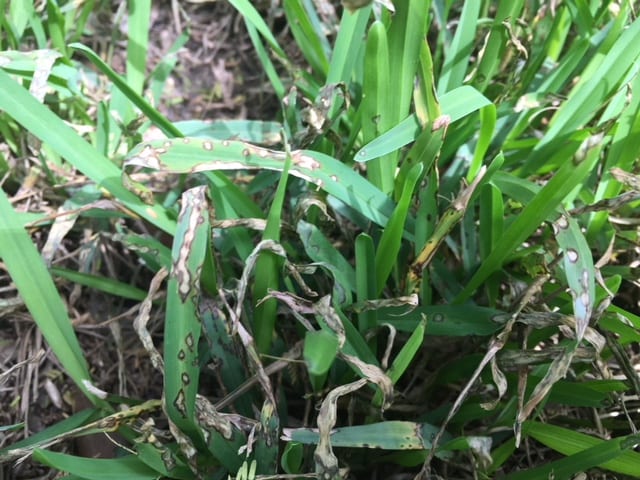Today we are following up on our blog series about mistakes gardeners commonly make. At Rainbow Gardens we want you to have the best experience when it comes to your gardening endeavors. There’s a lot to remember when you enter the gardening world, so we’re here to help you with the little things that get overlooked, but can make a big difference in your success.
1. Improperly Transporting Plants. When it comes time to buy your plants, whether you are planting in fall or spring, getting them home safely from the nursery is sometimes overlooked. We’ve had customers attempt to start their long day of errands at the nursery on 100 degree days. When we ask if they plan on dropping their plants off at home first, and they say no, we practically start writhing around on the floor!
There is no way those plants can stand up to the trapped heat in the car. They won’t fair much better when the weather is really cold either. Nor does a tree like being battered around, unprotected in the back of a truck at highway speeds. Plants can sustain damage by falling over if not secured in your vehicles (and it also makes a big mess). Make your visit to the nursery your last stop before going home, or plan to drop off your precious cargo before the rest of your errands. Bring tarps to protect plants from wind exposure, and bungee cords or ropes to tie down and secure plants from toppling.


This is basically what we envision if you set out with our plants in your car on a 100 degree day with no plans to drop them off before a day full of errands. Please prevent us from having heart attacks and take your plants home right away. You can flip this image and imagine it being covered in ice…same situation for us!
2. Buying plants before your garden is ready. Last weeks blog warned against buying too many plants for your garden space, but we also see customers who load up on plants before their garden is even prepped. They may know just how many plants they need to buy, but often misjudge how much time it takes them to get their gardens ready for planting. In the meantime, the plants they’ve bought sit in their nursery containers, most likely being underwatered (we water multiple times at the nursery) and dying. We do not have plant guarantees for plants that have been left to suffer. Plan your gardens, prep your gardens, then come have fun picking out your plants that you can take home and plant right away.
3. Over or under fertilizing. The labels on fertilizer bags are extraordinary. They actually tell you just how much fertilizer you need based on how many plants or square footage you are trying to cover. The labels tell you how often to reapply and usually give examples for both inground and potted plants.
Yellowed, slow to grow plants that appear somewhat stunted are signs your plants could be hungry and need fertilizer. Lots of lush, green foliage on plants but no sign of flowers or fruit could be a sign that your plants are getting too much fertilizer. But if you follow the labels, no guesswork has to be involved.


4. Misusing Pesticides. This one is a biggie. When you garden, you are sharing the outside world with a slew of insects. Many are beneficial insects that you would be smart to allow dwell in your landscape as they do much of your pest control for you. If you find that you have very troublesome pests that are just making your gardening miserable and destroying everything FIRST, take pictures and let us identify your pest. SECOND, opt for the least toxic product that can get the job done. THIRD, follow the instructions on the label as many products need follow up applications, and FOURTH, at all costs, avoid broad spectrum sprays that are undiscerning about what insects they will wipe out.
5. Not maintaining tools properly. Unsharpened, broken-edged pruners or lawn mower blades make jagged cuts into plant foliage providing a gateway for insects and disease to enter. Shredded limbs put out a distress signal and it’s like a beam akin to the batsignal for Batman, but for insects and disease to take over. Take time over the winter to remove rust and sharpen and oil your pruners. Lawn mowing season is done for most people, so it’s a great time to get your blades sharpened professionally, drain the gas and oil from your mower so when spring comes around and turf springs to life, it is ready for a fresh new start.


The gray leaf spot that showed up on this St. Augustine was most likely due to overfertilization of too much nitrogen in September and the jagged edges of grass cut from a dented mower blade.
So keep these tips, and those in Part 1 of our blog series, in mind and let us know how else we can help you in any and all of your gardening tasks this season and any season. We’re here for you!
~The Happy Gardener, Lisa Mulroy


how often do I fertilize tomatoes
Hi Larry,
Tomatoes are heavy feeders. Every 3 weeks is a good timeline.
very worried about plant loss due to the major freeze. Particularly my large in ground rosemary bushes, large sago palms in ground, rose bushes, climbers, hibiscus – all in ground, plus 1 yr old lemon trees in ground. What do I need to do to possibly save them?
The viability of your plants will mostly depend on how you protected them. Were they watered well before the freeze? Did you mulch them, including piling mulch up against the trunk for the duration of the freeze? Did you cover them with frost protection or blankets? It’s a bit of a waiting game right now. Give them a few weeks to a month to really be able to see the extent of the damage. Keep them normally watered for the time being, hold off on fertilizing just yet. Take a look at our blog for some tips about dealing with plants after the freeze. This winter storm was crazy, and we will all have to be patient to see if our plants will come back with consistent warm weather, or if we will need to mourn them and then replant. Sorry it’s not a quick answer. Check out that blog in the meantime, and know that we will work our hardest to bring in plant material to help you replace any losses.